Advertisement
There was a time when humanoid robots belonged only in movies or science fiction novels. But 2025 tells a different story. These machines now walk beside us — in workplaces, hospitals, and even homes — blending into everyday life in ways we once thought impossible. Humanoid robots are no longer distant experiments; they’re practical, intelligent, and surprisingly relatable.
They listen, respond, and even express emotions. What's truly fascinating is how each new robot brings its personality and purpose. This article takes a closer look at the top 6 humanoid robots in 2025 — machines built not just to serve but to connect.
Humanoid robots have evolved from heavy and awkward prototypes of the early years. What characterizes these machines is their capacity to replicate human movements — walking on two legs, making gestures, comprehending language, and even feelings through facial recognition. The convergence of AI algorithms, sensor technology, and engineering has enabled humanoid robots to carry out real-world tasks unimaginable ten years ago.
In 2025, the most advanced humanoid robots are not merely about complex mechanics. Their true strength lies in natural language understanding, adaptive learning, emotional recognition, and decision-making capabilities. Firms around the world are competing to create robots that can seamlessly blend into human settings, be it in houses, hospitals, or factories.
Let's explore the top 6 humanoid robots in 2025 that will lead this transformation and continue to push the boundaries of innovation and human-machine interaction.
Tesla Optimus has emerged as one of the most talked-about humanoid robots in 2025. Designed by Tesla, Optimus was created to assist with repetitive tasks in factories and warehouses. However, its potential has gone beyond simple labor support. Powered by Tesla’s advanced AI and neural networks, Optimus is capable of navigating complex environments, handling tools, and interacting with human co-workers.
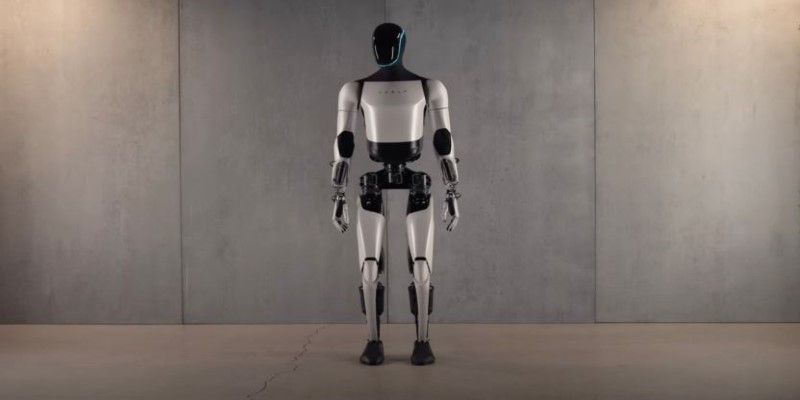
What sets Optimus apart is its lightweight frame, efficient battery management, and ability to learn tasks through observation. The robot has been widely adopted in automotive manufacturing plants and supply chain operations. Its role in improving workplace safety and productivity has earned it global recognition.
Developed by Engineered Arts, Ameca is considered the world’s most advanced humanoid robot for human interaction. In 2025, Ameca has found its place in customer service, exhibitions, and hospitality industries. What makes Ameca stand out is its highly realistic facial expressions, smooth body movements, and ability to hold natural conversations.
Ameca’s design focuses on non-verbal communication — subtle cues like smiling, blinking, or raising eyebrows. This makes conversations with Ameca feel surprisingly human-like. It can detect emotions in a person’s voice and respond with appropriate gestures, making it perfect for roles that require a warm, approachable presence.
Sophia by Hanson Robotics remains one of the most recognized humanoid robots globally. In 2025, Sophia has continued her journey as a symbol of AI advancement and human-robot collaboration. She has been updated with more advanced natural language understanding and conversational abilities, making her presence felt at global conferences, educational seminars, and social campaigns.
Sophia’s design allows her to engage in meaningful discussions on technology, ethics, and sustainability. With enhanced mobility and AI-driven gestures, Sophia is being used as a brand ambassador for tech companies and educational institutions aiming to promote responsible AI adoption.
Nadine, developed by Nanyang Technological University in Singapore, is a social humanoid robot designed to offer emotional support and companionship. In 2025, Nadine will be deployed in elderly care centers, providing conversations and reminders for medication and even participating in recreational activities.
What makes Nadine unique is her emotional intelligence. She can remember past conversations, recognize people, and adapt her responses to suit an individual’s mood or needs. Nadine has been a breakthrough in addressing loneliness among the elderly, offering a new dimension to healthcare and wellness.
Xiaomi's CyberOne has made impressive strides in 2025, positioning itself as a multifunctional humanoid robot with capabilities in household management and customer engagement. CyberOne integrates with smart home systems, allowing it to control appliances, provide reminders, and even entertain family members with music or storytelling.
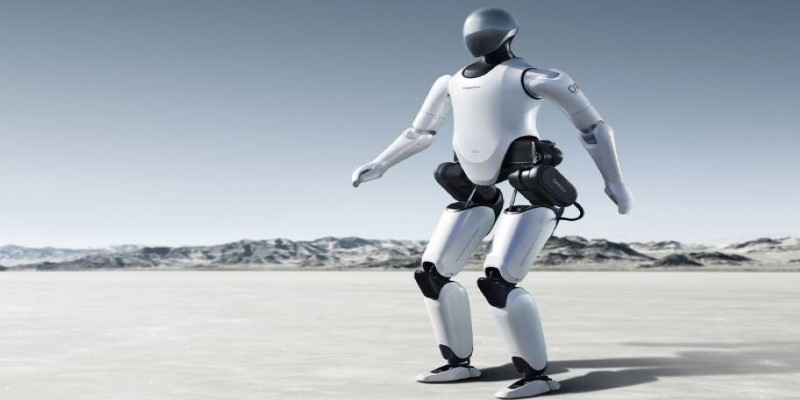
CyberOne’s sleek design and robust AI framework allow it to perform tasks that range from cleaning to security monitoring. It’s equipped with a vision system that helps it recognize objects and people, enhancing its interaction abilities within homes and public spaces. Xiaomi’s entry into the humanoid robot market has added a new competitive edge, pushing boundaries for consumer-oriented robots.
Boston Dynamics’ Atlas robot continues to dominate the field of mobility and agility. In 2025, Atlas has been adapted for rescue missions, military training, and extreme sports simulations. It is designed to navigate challenging environments, perform backflips, and even balance on narrow platforms.
Atlas is not designed for social interaction like other humanoid robots but focuses on physical performance and endurance. Its robust design makes it invaluable in situations where human access is difficult or dangerous, such as disaster zones or industrial inspection sites. The development of Atlas showcases how humanoid robots can excel beyond human physical limits in specialized roles.
Humanoid robots in 2025 are no longer distant dreams but active participants in our daily lives. The top 6 humanoid robots in 2025 have shown how technology can combine intelligence, mobility, and emotional interaction to support humans in meaningful ways. From industries to homes, these robots are reshaping how we work, communicate, and care for one another. As technology advances further, humanoid robots will become more capable, more human-like, and more integrated into society, setting the stage for a future where humans and robots coexist seamlessly.
Advertisement
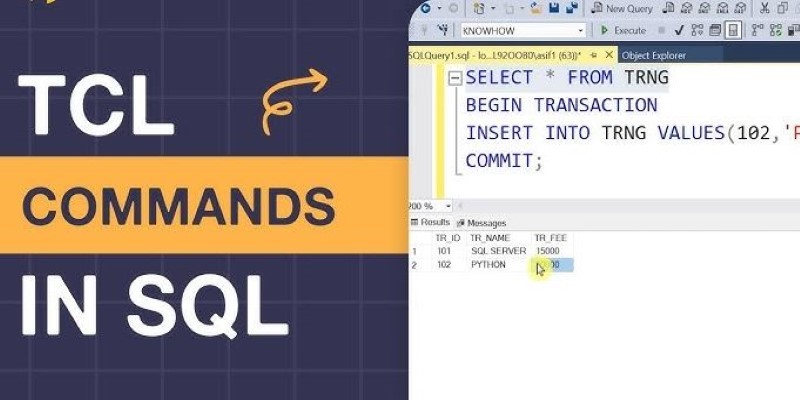
Understand how TCL Commands in SQL—COMMIT, ROLLBACK, and SAVEPOINT—offer full control over transactions and protect your data with reliable SQL transaction control
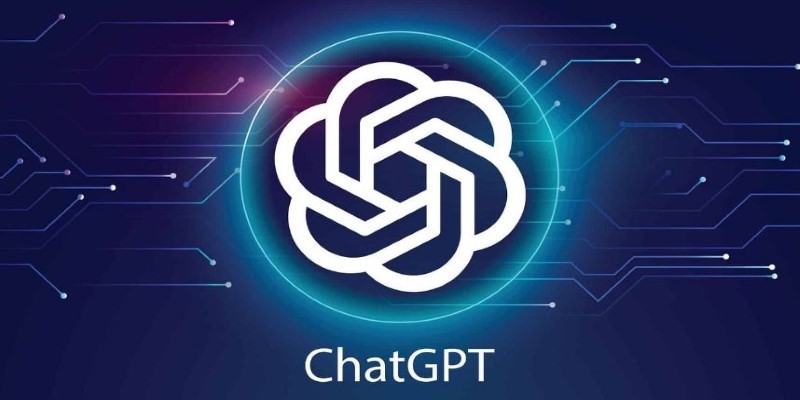
Understand the real-world coding tasks ChatGPT can’t do. From debugging to architecture, explore the AI limitations in programming that still require human insight
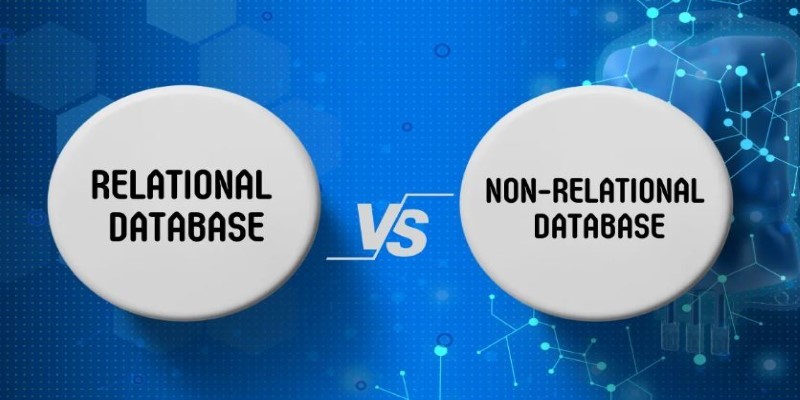
Understand the Difference Between Non Relational Database and Relational Database through clear comparisons of structure, performance, and scalability. Find out which is better for your data needs
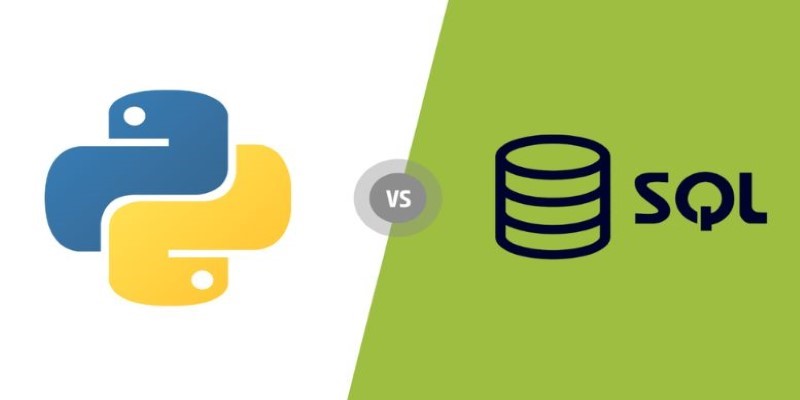
Find out the key differences between SQL and Python to help you choose the best language for your data projects. Learn their strengths, use cases, and how they work together effectively
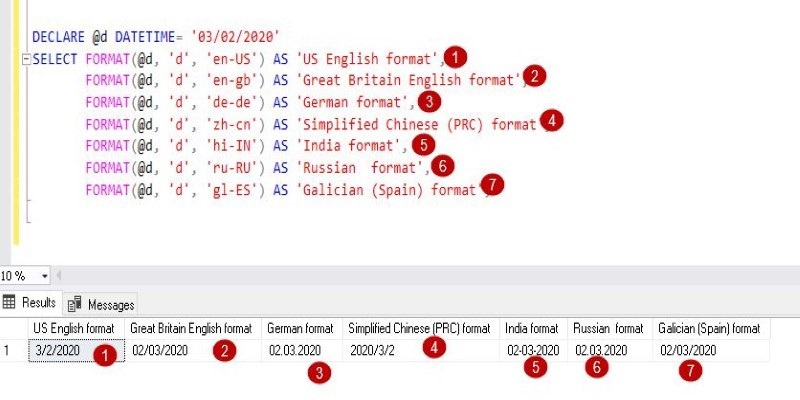
The FORMAT() function in SQL transforms how your data appears without changing its values. Learn how to use FORMAT() in SQL for clean, readable, and localized outputs in queries
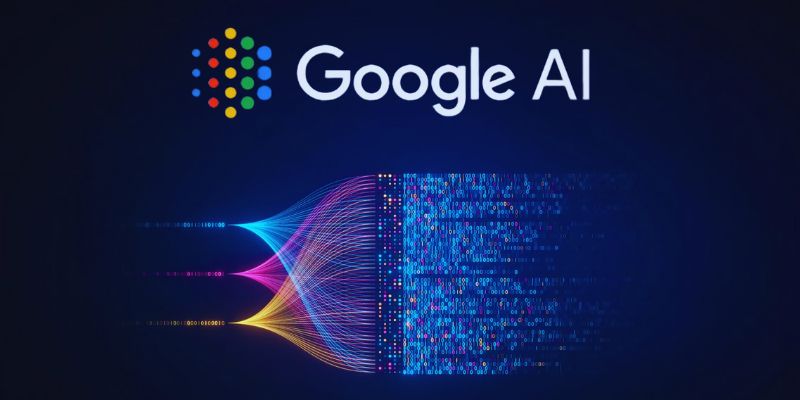
Google AI open-sourced GPipe, a neural network training library for scalable machine learning and efficient model parallelism

Gain control over who can access and modify your data by understanding Grant and Revoke in SQL. This guide simplifies managing database user permissions for secure and structured access
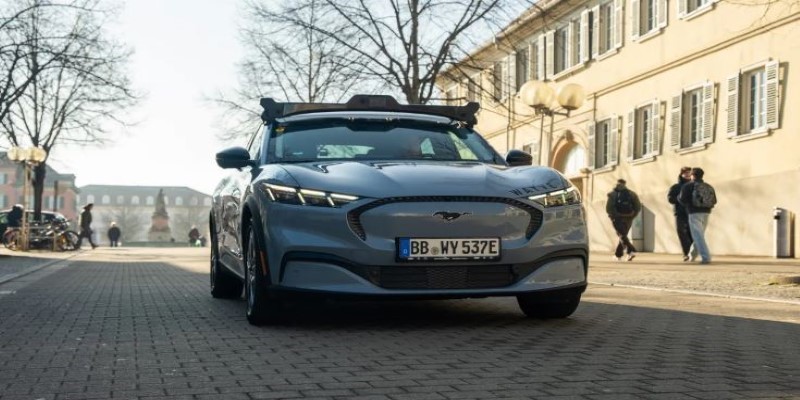
Can Germany's new AI self-driving test hub reshape the future of autonomous vehicles in Europe? Here's what the project offers and why it matters
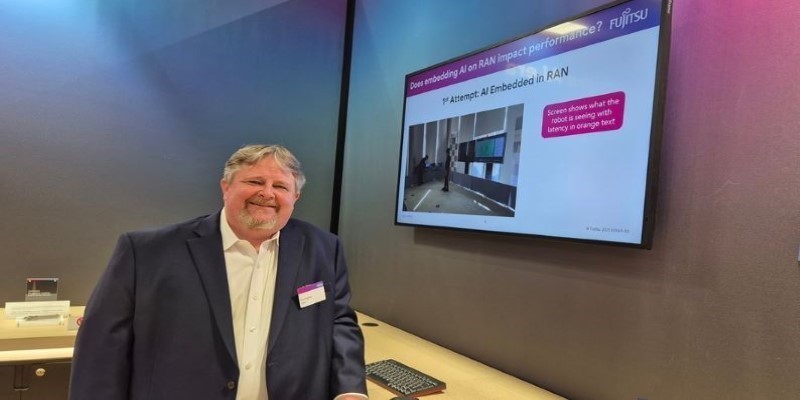
Fujitsu AI-powered biometrics revealed at Mobile World Congress 2025 claims to predict crime before it happens, combining real-time behavioral data with AI. Learn how it works, where it’s tested, and the privacy concerns it raises

Learn Apache Storm fundamentals with this detailed guide covering architecture, key concepts, and real-world use cases. Perfect for mastering real-time stream processing at scale

Simpson’s Paradox is a statistical twist where trends reverse when data is combined, leading to misleading insights. Learn how this affects AI and real-world decisions
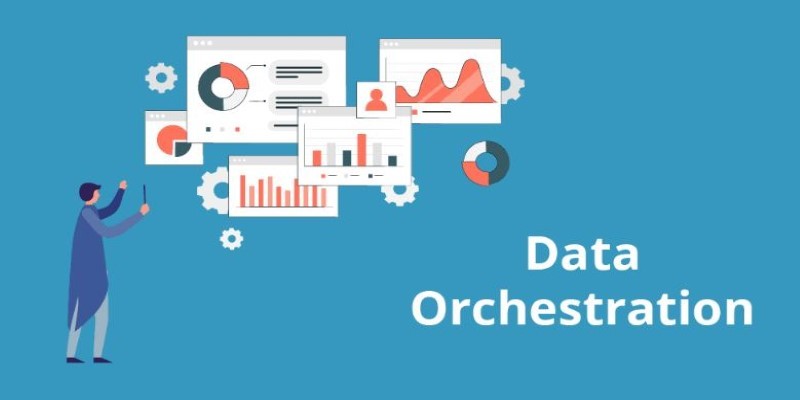
Looking for the best Airflow Alternatives for Data Orchestration? Explore modern tools that simplify data pipeline management, improve scalability, and support cloud-native workflows